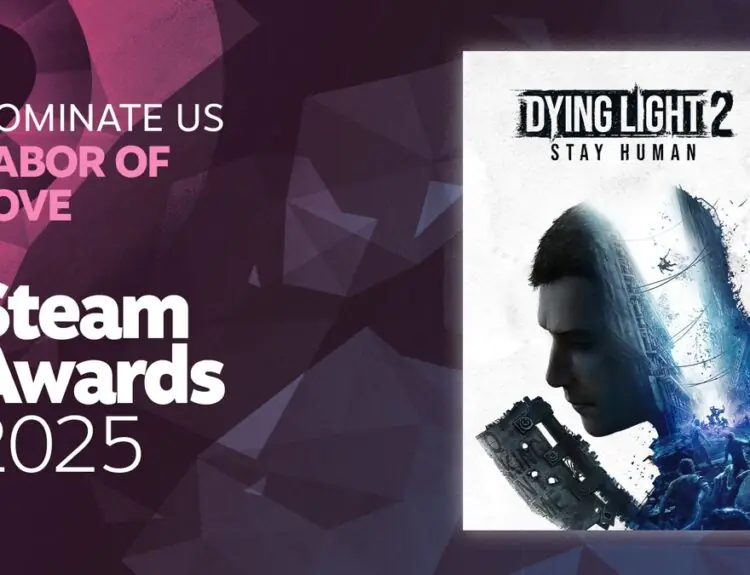There are plenty of resources online for Dungeons and Dragons players, such as articles on how to create better characters or how to fill out a character sheet. What about help for those aspiring Dungeon Masters out there? The world of DMing can be exciting to dive into, but there is quite the learning curve going from player to DM.
As such, today I’m going over my own process for creating combat encounters that my players enjoy. Every DM has their own approach, and you shouldn’t be afraid to tweak this method or discard it altogether once you find what works best for your preferences and your players. Hopefully, this can help new DM’s avoid unfortunate accidents while you become more confident in your own skill.
That tricky combat encounter balance. #dnd #rpg pic.twitter.com/UtmKTBzqyH
— The Dungeoncast (@thedungeoncast) April 21, 2018
Step 1: Location, Location, Location
One of the most important determining factors in a combat encounter is where it will take place. An encounter in the middle of a city might play out very differently than one deep in an unexplored ruin. If you don’t already know what monsters will be involved in this fight, location can also help inform the DM of what bad guys might be lurking about.
If the players are in a treacherous or unusual environment, don’t be afraid to use monsters the players might not have ever encountered before. There are also plenty of homebrew monsters out there to choose from, although you should take care in selecting a balanced homebrew monster.
Step 2: Combat Difficulty
Every DM has their own method in balancing a combat encounter, and oftentimes it is extremely individualized to their players. Luckily, Dnd 5e includes a challenge rating for every creature in the Monster Manual, and this is a great jumping-off point. You can calculate fight difficulty using the method in the book, or one of plentiful combat encounter calculators available online.
The difficulty of each fight should be tailored at least slightly to the group you are running, and the overall feel of the campaign you are going for. If you’re running a grimdark campaign or hack and slash dungeon crawl you might opt for hard – deadly difficulties (although be careful throwing out deadly encounters until you know what you’re doing.) On the other hand, easy to medium might be a better fit for a player group primarily concerned with roleplay.
Step 3: Monsters!
Besides location, the next important piece of a combat encounter is of course the monsters involved! If you already know what the party is going up against, this step is easy. If you’re not entirely sure, I always take a look at the monsters available in the monster manual around the CR I want the players to fight. If there is a monster in my preferred CR range that fits my environment, then problem solved! If no monster fits what you have in mind, there are still options for you to explore.
Step 4: Adjust To Fit
The good news about being a DM is having the power to change whatever you want! If no monsters fit what you have in mind for a particular encounter, you can always reskin an existing monster, rebalance a monster that’s too strong or too weak, or completely homebrew one yourself!
Typically, I opt for the “reskinning” option when I’m in a bit of a time crunch. This means I pick out a monster at the appropriate CR, rename the abilities and monster to fit the vision I had in mind, and roll it out in combat.
This method helps keep monsters balanced for encounters without too much fine tweaking, and without sacrificing the original intention behind the combat. The better you get at balancing around your group, the more liberties you can take when straying from the Monster Manual.
Step 5: Add a Twist!
The four steps outlined above have helped create a complete encounter that is ready to go for your next session. The most interesting combats, however, are those that include something unexpected or unique. This can be in the form of an unusual ability or a resistance for a monster, an environmental hazard, or traps set out beforehand. Take care not to overdo this, or your players will feel like their abilities in combat are being stifled.
That’s about it! The only thing left is to prepare a battle map either in person or online and place the monsters on the board. As stated before, this is my personal method to creating combat encounters and each DM has their own style. Hopefully, this guide will help out new DM’s and can be built off of once you become more confident in your own style and abilities.







